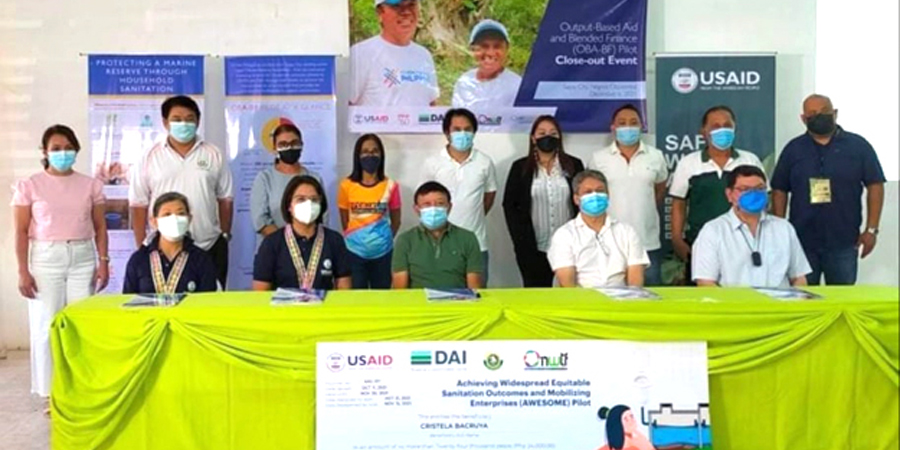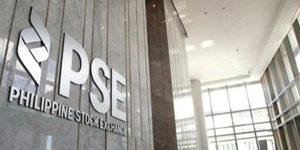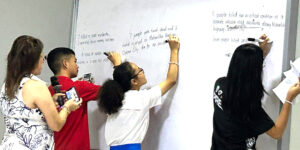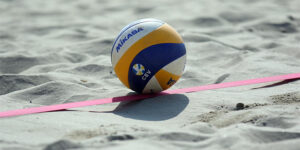BY GILBERT P. BAYORAN / CHRYSEE G. SAMILLANO

Around 200 Sagaynons from 40 households in two barangays in Sagay City, Negros Occidental can now enjoy affordable sanitary toilets through a multi-sectoral Output Based Aid-Blended Finance (OBA-BF) program.
This was made possible through a P750,000 multi-sectoral partnership from global development company DAI which helped subsidize the cost of septic tanks, micro loans from micro-financing institution Negros Women for Tomorrow Foundation (NWTF), and technical supervision and guidance by sanitation experts from the US Agency for International Development (USAID) and the Sagay City government.
In a ceremony held at Balay Kauswagan, Sagay City Monday, representatives of USAID, DAI, NWTF Philippines and the Sagay City government celebrated the completion of 40 new sanitary toilets as part of a pilot activity implementing the innovative financing scheme called the Output-Based Aid and Blended Finance (OBA-BF).
The initial beneficiaries of the program are residents in Suyac Island, Brgy. Taba-ao, Sitio Matakay and Hacienda Liddy in Brgy. Poblacion II.
The partnership, led by USAID through its Safe Water Project, designed the OBA-BF scheme which blends public grants with household equity to pay for the full costs of the sanitary toilets. In the pilot activity in Sagay City, DAI provided grant resources to subsidize the cost of septic tanks compliant with the standards of the Philippine Sanitation Code.
Households paid for improving their toilets sourced through micro loans from NWTF. With the scheme, the subsidy and the amortization of the equity share enabled 40 households to afford their own sanitary toilets.
Sagay Mayor Alfredo Marañon III believes that these sanitary toilets will help address open defecation that puts Sagay City and its marine reserve at risk for water pollution as well as protect the eco-tourism livelihoods which most of its residents rely on.
“As a tourist destination, we need to put up toilets so that the marine reserve can be kept clean. While there’s not much activity with tourism, it’s a high time that we’ve constructed these toilets for the people,” he added in a statement.
The mayor also assured the USAID and their project partners that recipients of the OBA-BF repayment scheme will be honored, 15 toilets will be built in Suyac, and will see to it that beneficiaries with the assistance of the city will honor commitment.
During the event, USAID, DAI, NWTF, LGU and representative of project beneficiaries also signed the enlarged printed voucher of the project.
On Tuesday, the team and representatives of LGU visited Suyac Island for a ceremonial Verification Activity.
Cristel Bacruya, representative of Suyac Island Sanitary Toilet and Safe Water Project beneficiary thanked USAID and its project partners for providing them sanitary toilets which she said will greatly improve the health and sanitation of their community and will bring in more income to the residents as Suyac Island is one of the major destinations of Sagay City.
She added that this project is one preventive measure to diseases especially to children.
Raymund Patrick Serios, Assistant Director for Admin & Special Projects, NWTF-Dungganon said Sagay City is a good project partner. He stressed residents of Sagay City are good.
He also said that he is happy that the beneficiaries now have toilets of their own. He hopes that they will continue proper usage of toilets and that they need to teach household members to use the toilet properly and continuously. He also urged beneficiaries to show that they are good caretakers of their respective toilets and prove that they are clean people.
Piloted last October, the OBA-BF scheme has already made available 100 sanitary toilets in Sagay City and Alabel in Sarangani, another pilot demonstration site. USAID aims to expand its implementation to other local government units in the country especially in its Safe Water program sites in Palawan, Negros Occidental, and Sarangani.
About six million Filipinos do not have access to sanitary toilets, while some 4 million still resort to open defecation. This lack of adequate facilities poses risks of waterborne diseases for communities and leads to contamination of freshwater sources.*







